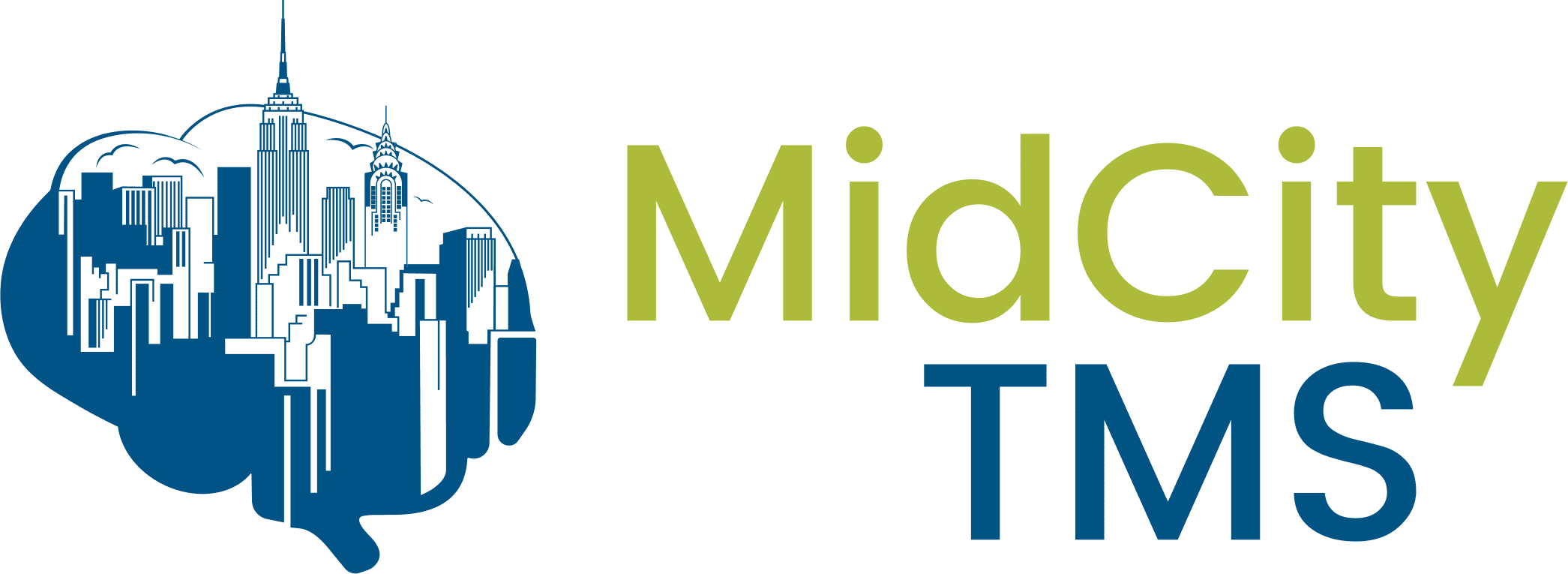Chronic pain is a widespread health challenge that affects millions of Americans, fundamentally altering their daily lives and well-being. In fact, pain is the most common reason people seek medical care in the United States. While traditional treatments are effective for many, they each have their own disadvantages. Fortunately, a promising alternative has emerged with transcranial magnetic stimulation (TMS), an innovative approach that offers renewed hope to those who haven’t found relief through conventional methods.
Understanding the Impact of Chronic Pain
Chronic pain doesn’t just cause physical discomfort; it creates a cascade of challenges that affect every aspect of life. Research shows that people with chronic pain often struggle with:
- Basic daily tasks like cooking and housework
- Professional responsibilities, sometimes forcing career changes or reduced hours
- Family dynamics, including the ability to engage with children
- Social connections, leading to isolation
- Sleep quality, affecting both falling asleep and staying asleep
- Emotional well-being, including Depression and anger at not being able to perform daily activities
Perhaps most concerning is that many people suffering from severe pain never seek treatment, believing that relief is impossible. This resignation makes exploring new treatment options even more critical.
Traditional Pain Management Approaches
Contemporary pain management typically relies on several approaches, each with its own benefits and limitations.
Medication-Based Treatments
Medication-based treatments include over-the-counter options like acetaminophen and NSAIDs as well as prescription medications such as antidepressants and anticonvulsants. While these medications can provide immediate relief and are readily accessible, they often come with concerning side effects such as an increased risk of cardiovascular issues including heart disease and stroke.
The use of opioids for severe pain presents an even more complex challenge. While effective for acute pain management, opioids carry significant risks such as hyperalgesia (an increased sensitivity to pain) and diminished efficacy over time as patients develop tolerance. This often leads to a need to increase the dosage to achieve the same pain-relieving effect and can lead to physical dependency and addiction.
Benzodiazepines are sometimes prescribed for pain-related muscle tension and anxiety, but they present their own set of challenges. Patients often experience impaired coordination and reduced memory function, and these medications also carry a significant risk of addiction.
Non-Pharmacological Approaches
Traditional non-drug treatments include physical therapy to increase patients’ range of motion and strength. However, many commonly-used techniques lack conclusive evidence of their efficacy.
Non-pharmacological methods also include complementary treatments such as acupuncture. Although effective for many patients, side effects of acupuncture such as tiredness, local pain, or headache affect as many as 10% of patients.
TMS For Pain Management
Transcranial Magnetic Stimulation (TMS) represents an innovative approach to pain management that works differently from traditional treatments. Instead of targeting pain at its source, TMS takes a “top-down” approach by helping your brain diminish pain signals that are too strong or have persisted for too long.
How TMS Works for Pain
TMS uses focused magnetic fields to influence neural activity in specific brain regions associated with pain processing. Targeting the primary motor cortex has been demonstrated to alleviate neuropathic pain. However, only a small to medium treatment efficacy has been found with this target, so alternative targets are now being explored such as the dorsolateral prefrontal cortex (DLPFC).
Latest Research Findings
A comprehensive 2024 systematic review and meta-analysis of 36 studies has provided exciting insights into TMS’s effectiveness for different types of pain.
Migraine
The findings are particularly encouraging for migraine sufferers, for whom treatment showed significant medium to long-term benefits. Patients experienced a remarkable reduction in headache days, dropping from approximately 11 to 7 days per month, with benefits generally persisting in long-term follow-up for up to 6 weeks.
One study by Sahu et al. (2019) targeted the left DLPFC for migraine treatment, with half of the participants assigned to a control group with a sham coil that imitated the auditory, visual, and sensory experience of TMS. The Migraine Disability Assessment Scale (MIDAS) was used to measure outcomes and it was found that the number of headache days within the past 3 months in the active TMS group significantly decreased from an average of 12.00 at baseline to an average of 8.10 at 12 weeks after treatment. The sham TMS group only demonstrated a decrease in average headache days from 10.14 at baseline to 10.05 at 12 weeks, further corroborating the efficacy of TMS for migraines.
Emotional Aspects of Pain
The ability of TMS to target the dorsolateral prefrontal cortex, a region of the brain involved in both pain processing and emotional regulation, appears to create a dual benefit for patients. Recent studies have demonstrated that TMS can significantly reduce pain-related negative emotions, including fear and the overall unpleasantness associated with chronic pain. This emotional improvement isn’t simply a side benefit – it’s an integral part of pain management, as emotional distress can amplify pain perception, creating a challenging cycle that TMS helps to break.
Other Pain Conditions
Several other chronic pain conditions were studied in Zhou et al.’s 2024 systematic review and meta-analysis, including neuropathic pain, fibromyalgia, and postoperative pain. However, no significant effect was found on pain intensity for these groups. Further research is therefore needed for these conditions, perhaps using a different protocol or targeting a different brain region as all included studies treated the DLPFC.
Advantages of TMS Over Traditional Treatments
TMS offers several unique benefits compared to conventional pain management approaches:
- Non-invasive nature with minimal side effects
- No risk of dependency or addiction
- Potential for long-term relief through neural pathway modification
- Can be combined with other treatment approaches
- Targets the brain’s pain processing centers directly
Treat Chronic Pain at Mid City TMS
While TMS may not be a universal solution for all chronic pain conditions, it represents a significant advancement in pain management. For those who haven’t found adequate help through traditional methods, or who wish to avoid the risks associated with long-term medication use, TMS offers a promising alternative.
If you are struggling with chronic pain and Depression, discussing TMS with a healthcare provider could be a worthwhile step toward finding the right treatment plan. Here at Mid City TMS, we conduct a comprehensive evaluation of your health history and can determine if TMS is right for you. Contact us today to get started and find relief from chronic pain.


